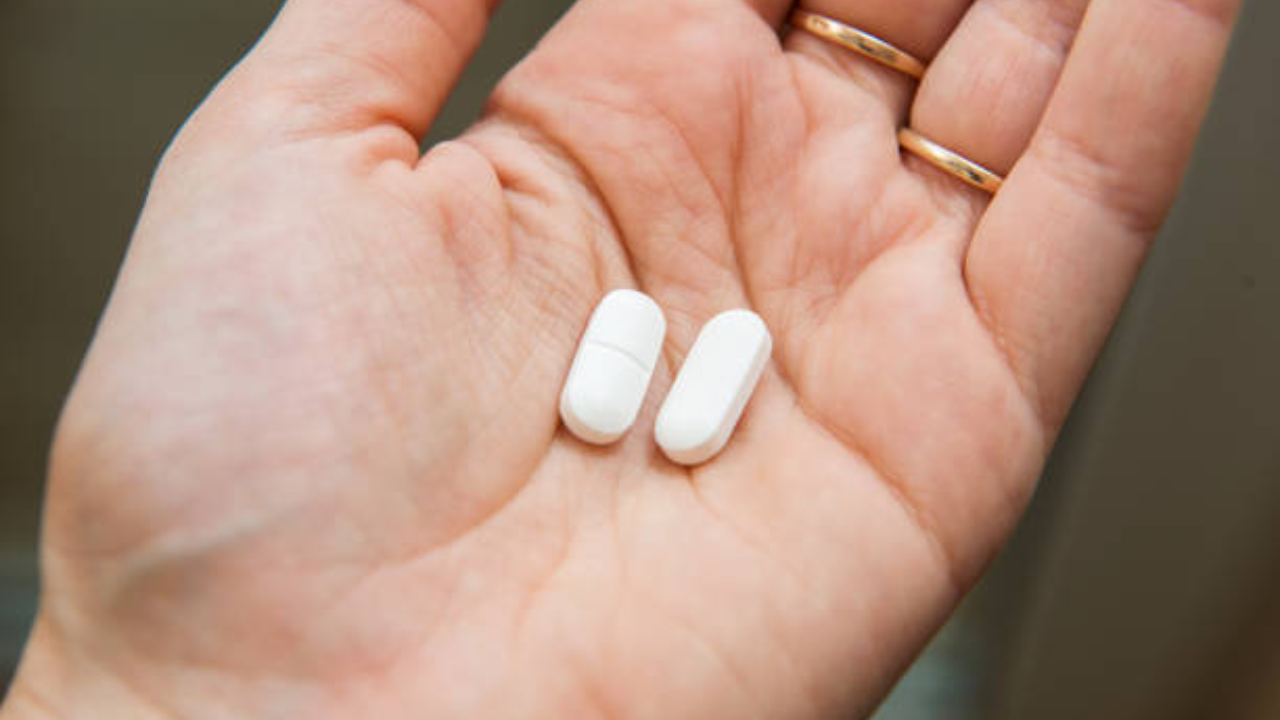[ad_1]
A study by researchers at the University of Edinburgh has found that paracetamol can have a detrimental effect on the liver and the effect can grow up to an extent where it can cause liver failure.The scientists have observed the effects of taking the drug on mice.
“Scientists at the University of Edinburgh studied the impact of paracetamol on liver cells in human and mouse tissue, and tests showed that in certain settings paracetamol can damage the liver by harming vital structural connections between adjacent cells in the organ,” the study said.
In 2006, a review study published in the BMJ journal said that unintentional overdose with the painkiller paracetamol (acetaminophen) is the most common cause of acute liver failure in the United Kingdom. It also found that paracetamol’s toxicity is the single biggest cause of acute liver failure in the United States.
Cold Weather Concerns: Understanding and Managing Your Child’s Asthma
In March 2023, a study published in Nature had revealed that the number of acute liver injuries tied to paracetamol—opioid painkillers fell after a US mandate to limit pills’ active ingredients.
“Paracetamol is toxic only when you consume it excessively”
“Paracetamol is a widely used antipyretic medication. Paracetamol, a commonly used pain reliever and fever reducer, can pose a threat to liver health when consumed excessively or for prolonged periods. (DILI), drug-induced liver injury is a common cause of acute liver injury that has been long established to cause liver toxicity once above therapeutic levels (which are different for different age groups), says Dr. Vibhore Pareek Senior Consultant Gastroenterology, Marengo Asia Hospitals Gurugram.
“Factors such as taking doses beyond the recommended limit, chronic usage without medical supervision, alcohol consumption, underlying liver conditions, and certain medication interactions increase the risk of liver damage from paracetamol,” he explains.
Paracetamol is not the culprit
“The injury to the liver does not happen with paracetamol. Rather, it happens with the metabolites which are produced from the paracetamol disintegration which is NAPQI which is a short form for N-acetyl-p benzo quinolone amine,” explains Dr. Harsh Kapoor, Chairman Institute of Gastroenterology, Hepatology, Liver Transplant, Pan Metro Hospitals. He further explains: NAPQI decreases the liver’s glutathione and directly damages cells in the liver. The diagnosis is based on the blood level of the paracetamol at a specific time after medications. It distributes rapidly and evenly throughout most tissues and fluids and has a volume of distribution of approximately 0.9 liter per kg 10-20% of the drug is bound to red blood cells. Paracetamol is extremely metabolized predominantly in the liver. The major metabolites are the sulfates and glucuronide conjugates.
“Paracetamol has a high bioavailability with almost 80% of the drug being absorbed when taken orally. When taken at an overdose level these pathways become saturated resulting in large amounts of paracetamol converted into toxic metabolite,” says Dr. Pareek.
Consume it in safe dosage
“Do not take more than 8 tablets in 24 hours,” urges Dr. Kapoor.
“Overall, while paracetamol is generally safe when used appropriately, awareness of its potential hepatotoxic effects is crucial to ensure safe usage and minimize the risk of liver injury,” says Dr. Pareek.
The experts also urge to pay attention to symptoms like nausea, abdominal pain, jaundice, and in severe cases, liver failure. “Long term use of paracetamol can cause tiredness, breathlessness and finger and lip to go blue,” says Dr. Kapoor.
[ad_2]
Source link






